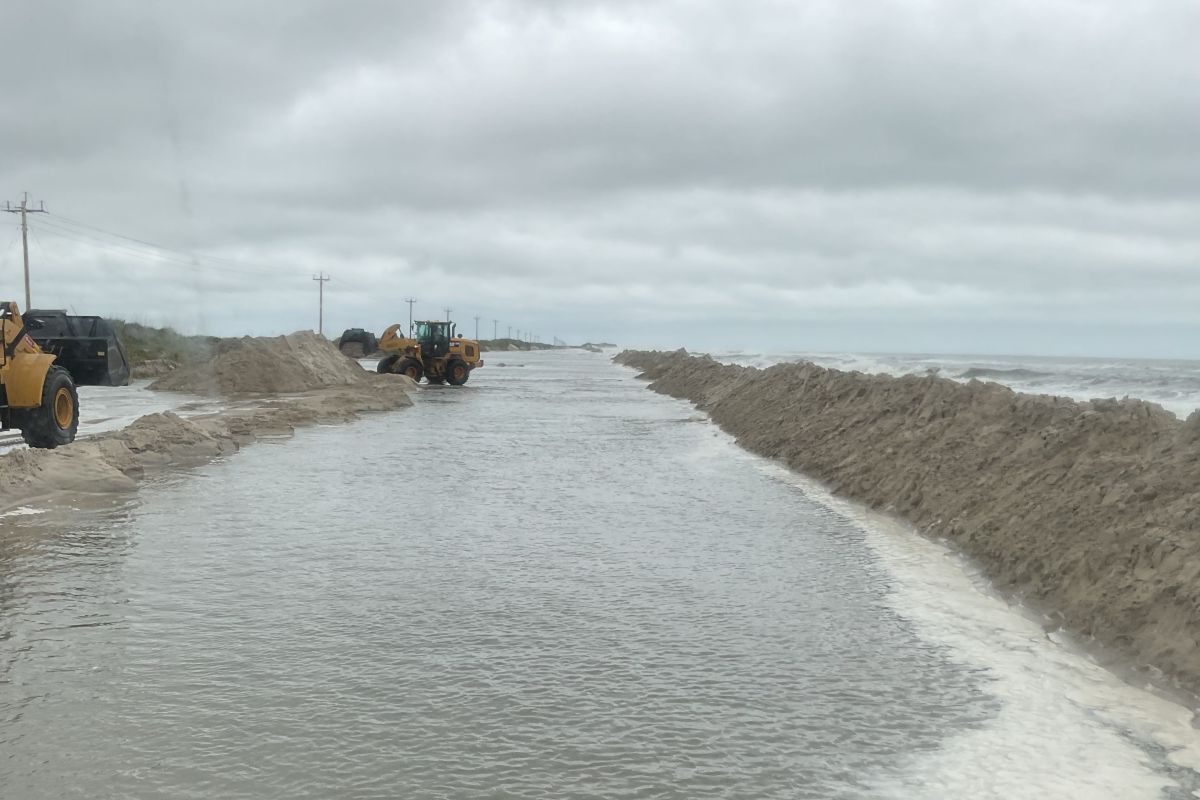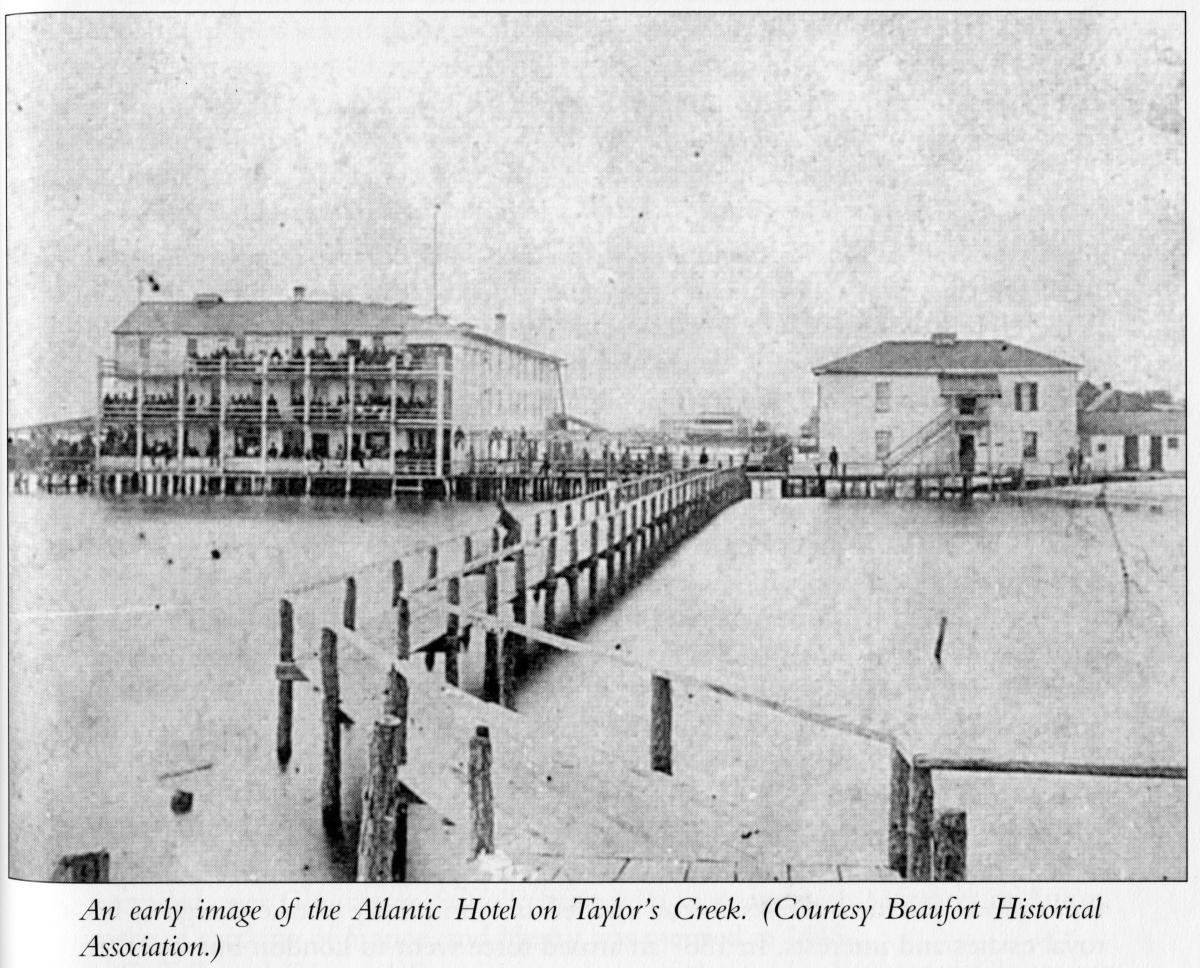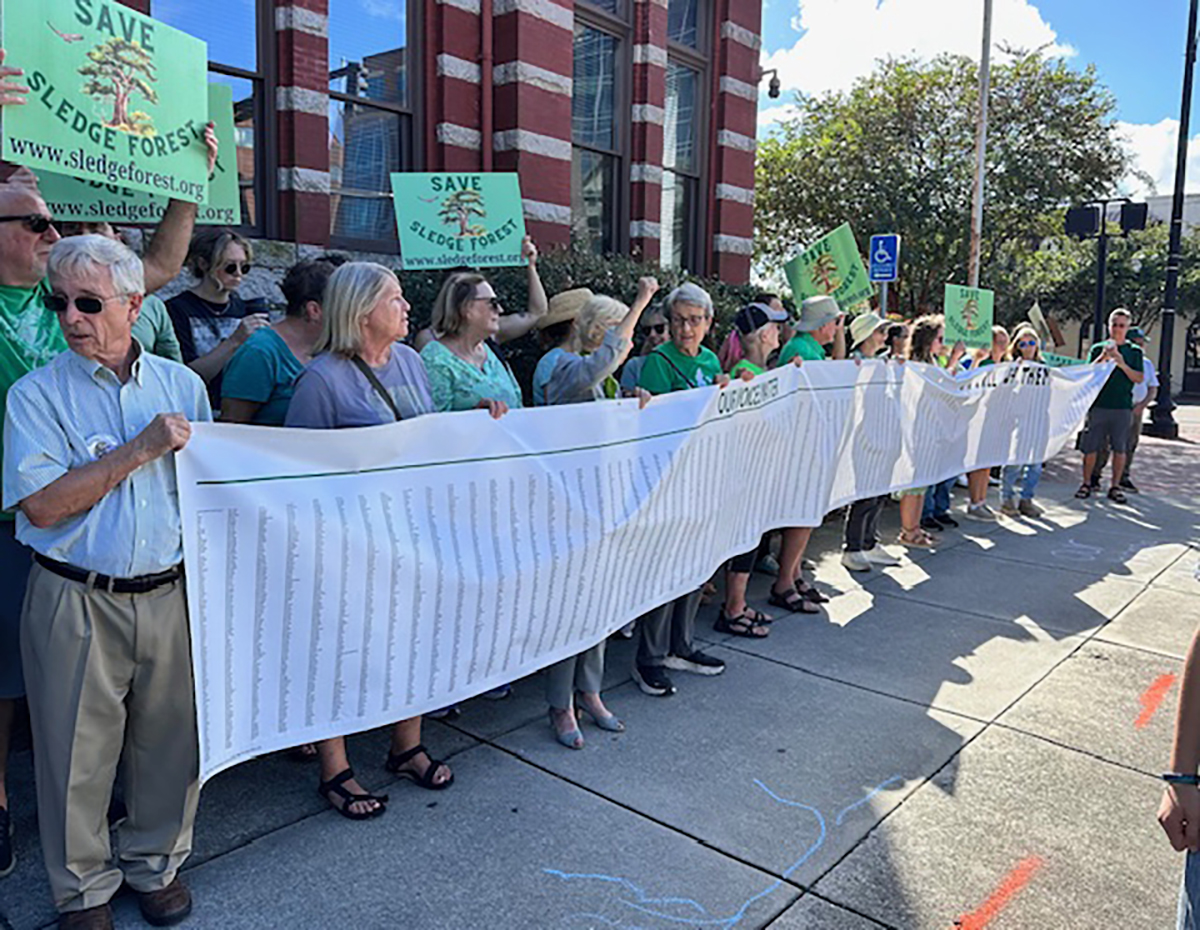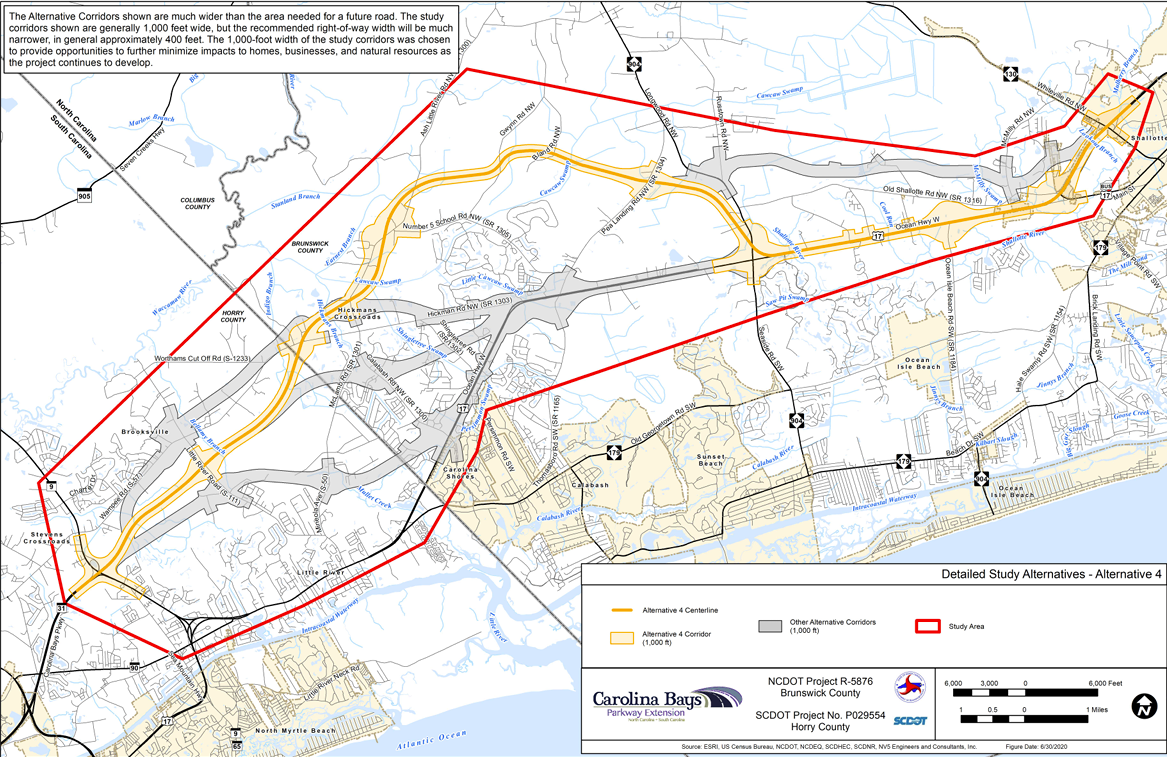EMERALD ISLE – Residents of some beach communities along the state’s southern coast are considering small jetties, called terminal groins, to stabilize unruly inlets and stanch beach erosion. You’ve read about. It’s been much in the news a lot the last few years. Little noticed, however, has been the decision of another beach county to exclude such structures for its beach plan because they are expensive and ineffective.
Carteret County’s draft beach-management plan was developed over the past decade and is now under review by the Army Corps of Engineers. It looked closely at the possible use of a groin – a long rock structure that runs into the ocean perpendicular from the land – at Bogue Inlet, which separates Bogue Banks from Bear Island along the central coast.
Supporter Spotlight
Greg “Rudi” Rudolph said the detailed study clearly showed that a groin would be too costly and ineffective in an inlet where $11 million was spent in 2005 to move the channel away from the rapidly eroding and high-value residential area in Emerald Isle known as The Point. Rudolph is the shore protection manager for the county and the man who has guided development of the 50-yearBogue Banks Beach Master Nourishment Plan.
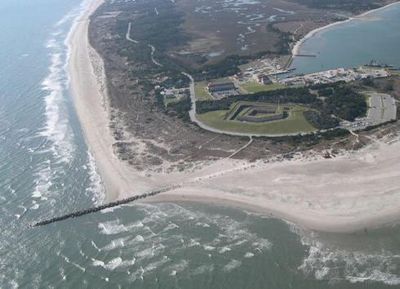
“One of our main concerns is that the inlet migrates,” Rudolph said. “If you put one (a groin) in, what are you going to do when the inlet migrates (east) back toward the point? The groin is just going to be sitting there.”
It would then be a useless pile of rocks with no purpose, he said.
Rudolph isn’t necessarily opposed to such structures. He and county and town officials supported legislation in 2013 that ended the state’s decade-long total ban on hard erosion control structures at inlets by authorizing the construction of four terminal groins. The beach plan, he said, examined the benefits of a groin at Bogue Inlet “with the blinders” of political and philosophical positions “off.” The idea, he said, was to look not only at the costs, but also at what would be in the long-term be best for the inlet, the beaches and the people who use both.
The whole effort actually began in 2001, after Carteret County, like much of coastal North Carolina, went through an uptick in hurricanes. Some caused severe property damage and significant erosion of the Bogue Banks beaches that lure the tourists that fuel much of the county’s economy.
Supporter Spotlight
To combat the erosion, the county and the towns on the island began and completed a number of costly beach re-nourishment projects; and Emerald Isle, with the help of a willing legislature, actually moved Bogue Inlet’s main channel to the west and away from the expensive houses. But Rudolph and others realized that it would be better to have a unified plan, one that would identify costs and sources of sand and money, and set up timetables that would be as specific and accurate as possible.
It includes an initial re-nourishment project and periodic maintenance for 50 years to provide Bogue Banks protection from storm damage. The Corps would design the projects. Planners initially thought the money would come from the federal and state governments but that no longer appears feasible, Rudolph said this week, and the county has increased its occupancy tax to generate money for projects. Even if federal and state money is not available, a corps-approved plan will serve as a long-term blueprint for what needs to be done and how it can be done Rudolph said, and will ease the need to constantly seek federal permits for projects.
After the legislature passed its groin bill, Rudolph and his contractor looked at the feasibility of a groin at Bogue Inlet. Groins, they, found are expensive to build and maintain. A groin like the one at Fort Macon State Park in Atlantic Beach, the plan notes, would cost $3,000 to $4,000 a foot – or as much as $5 million – to build. Ongoing beach re-nourishment would still be needed, though at a reduced frequency. The savings from less sand pumping could pay for the groin in 15 to 20 years, the report explained.
“However, given that Bogue Inlet would still have to be relocated to ensure that the terminal groin (would) never (be) undermined and therefore inlet management would still have to be completed, this alternative was dropped from further consideration,” the plan continues. “Given the historical behavior of the inlet and its past history of moving considerably along the inlet corridor from Bear Island to the Point at Emerald Isle, the terminal groin itself could not be counted on alone to provide adequate inlet stability. Given the past behavior at the Point, it would be impossible to say that inlet management would never be required even if a terminal groin were built.”
The plan, instead, focuses on methods – beach re-nourishment and periodic channel relocation – that have worked in the past.
“We’re still thinking that we’ll be doing this (moving the channel) once every 15 years, and that will cost us maybe $10 to $15 million per event, based on past experiences and the state of the industry right now,” Rudolph said. “Between that and our annual monitoring, we’re probably pretty close to $1 million per year, if we amortize the cost.”
Rudolph said that even though he and Emerald Isle Manager Frank Rush had been strong advocates for legislation that would give beach managers the terminal groin option, he wasn’t surprised that the analysis for the 50-year plan ruled out the groin at Bogue Inlet.
“It is huge,” he said of the water body. “There’s a lot of water, and you would have to build a tremendous, long groin.”
He cautioned, however, against making similar assumptions about the feasibility of groins at other inlets in the state.
Other examinations of the question, however, have made much the same conclusion about groins at other inlets in the state. For example, a Western Carolina University study a few years ago, authored by Andrew S. Coburn, associate director of the school’s Program for the Study of Developed Shorelines, concluded, rather bluntly, that: “Long-term costs of a terminal groin exceed potential long-term benefits at every developed North Carolina inlet.”
Coburn pointed to a study by the state Coastal Resources Commission, the policy-making body of the N.C. Division of Coastal Management, that estimated the cost of building a 1,500-foot terminal groin, similar to the one at Fort Macon, at $10,850,000, with total annual maintenance costs of about $2,250,000.
“Using a 3 percent discount rate and price appreciation rate of 5 percent, the estimated total cost of constructing and maintaining one terminal groin in North Carolina over 30 years is approximately $54,950,993,” Coburn wrote. “This amount is more than ten times greater than the potential long-term fiscal benefit of constructing a groin at Figure 8/Rich Inlet ($4,951,430) and about three times greater than the combined long-term benefit of constructing terminal groins at all fourteen (inlets).”
And that’s just the cost.
Coburn also noted that, “North Carolina contains some of the most unique and biologically rich coastal ecosystems in the United States, providing immeasurable aesthetic, habitat, recreational and economic benefits. In order to successfully – and equitably – balance long-term environmental and sustainability needs with short-term economic development concerns, state and local coastal management policies, rules and laws must be both technically and fiscally-sound.
“Nowhere is this more evident than at North Carolina’s tidal inlets where these dynamic natural features, once used to lure economic development, are now considered the primary threat to the very development they were used to attract,” Coburn said.
Rudolph said he’s hopeful that the Army Corps will finish reviewing the county’s plan within the next few months. It would then go out for public comment.



